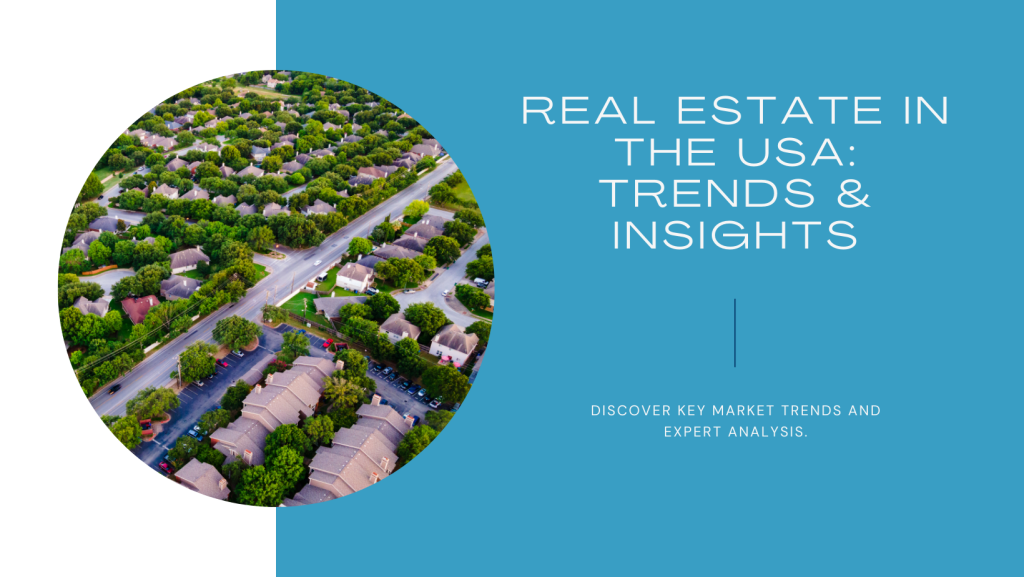The real estate market in the United States is a dynamic and ever-changing landscape influenced by a myriad of factors, including economic conditions, demographics, and regulatory policies. Understanding the current state of real estate in the USA requires a comprehensive analysis of key trends and insights shaping the industry.
One notable trend in the US real estate market is the continued rise in home prices. Over the past decade, home values have steadily increased, driven by factors such as population growth, low inventory levels, and historically low mortgage rates. This trend has been particularly pronounced in urban areas and desirable suburban communities, where competition for housing is fierce, leading to bidding wars and escalating prices.
Another significant trend impacting the US real estate market is the increasing demand for multifamily properties. As millennials delay homeownership and prefer the flexibility of renting, the rental market has experienced significant growth, driving demand for apartment buildings and rental properties. This trend is further fueled by demographic shifts, including an aging population and increasing urbanization, which have led to a greater demand for rental housing options.
In addition to residential real estate, the commercial property market in the USA is also undergoing significant changes. The rise of e-commerce and shifting consumer preferences have transformed the retail sector, leading to an increase in vacancies and redevelopment opportunities for mixed-use properties. At the same time, the demand for industrial real estate, including warehouses and distribution centers, has surged as businesses adapt to the growth of online shopping and the need for efficient logistics infrastructure.
Despite these trends, the US real estate market faces several challenges and uncertainties. Economic volatility, geopolitical tensions, and changing regulatory policies can all impact investor confidence and market stability. Additionally, the effects of the COVID-19 pandemic, including remote work trends and shifts in consumer behavior, continue to reverberate throughout the real estate industry, creating both challenges and opportunities for investors and developers alike.
Looking ahead, the future of real estate in the USA is likely to be shaped by continued innovation and adaptation to evolving market dynamics. Sustainable development practices, technological advancements, and demographic shifts will all play a role in shaping the landscape of US real estate for years to come. By staying informed and agile in response to these trends, investors and stakeholders can navigate the complexities of the US real estate market and capitalize on emerging opportunities.




